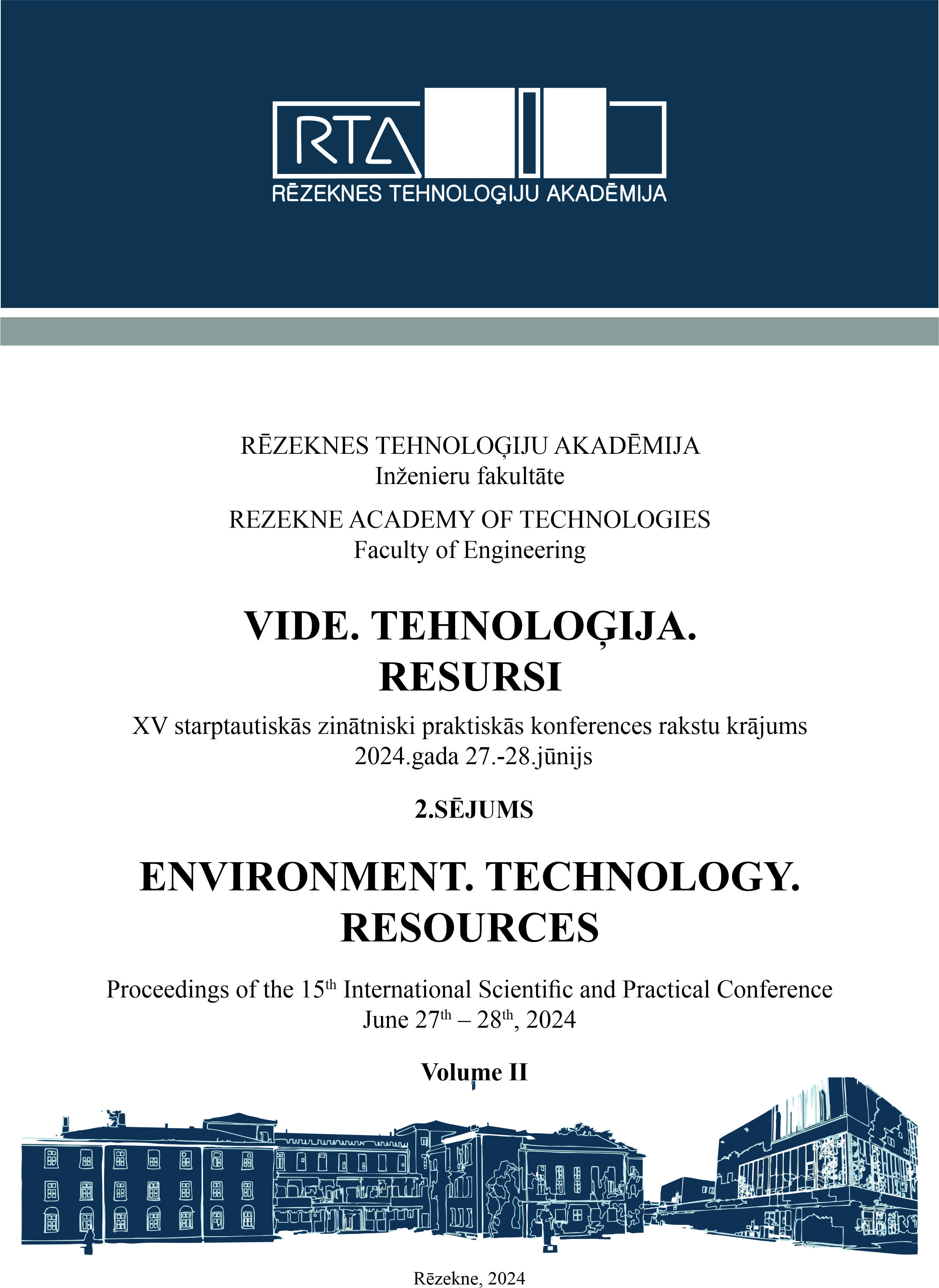APPLICATION OF GAMIFICATION IN HIGHER EDUCATION: TRAINING OF EARLY CHILDHOOD AND PRIMARY EDUCATION TEACHERS IN UKRAINE
DOI:
https://doi.org/10.17770/etr2024vol2.8051Keywords:
gamification, higher education, preschool education, primary education, teacher trainingAbstract
Over the past five years, the issue of gamification of education in Ukraine has been actively discussed in academic community, expanding through the practice of innovative teachers, and the availability of online courses using various platforms and applications. But still, in some cases, the issue of gamification is reduced to the question of preparation for interaction during a traditional game. That is why we have addressed several issues in this scientific review.
First, what is the difference between gamification of education and the use of games in the educational process. Secondly, we decided to analyse the gaming interests and preferences of young people who plan to work in educational institutions. This allowed us to outline not only the range of interests, but also to highlight the levels of student readiness to use gamification through the existing offer and develop their own game complexes for work in preschool or elementary schools. Thirdly, we analysed the market offer for primary and preschool education in terms of online exercises and applications that are comprehensive.
This helped us to identify (from our point of view) a list of quality platforms and applications that are effective for development. They can be used in training as training examples for future teachers when studying teaching methods of various subjects, or used for school preparation, etc. In addition, we have partially repeated the reasons for confusion in terms and risks associated with the implementation of international experience in the practice of Ukrainian education due to the economic, social and military-political situation. We believe that such a comprehensive view of gamification in higher education in Ukraine will allow us to expand the scope of understanding and implementation of appropriate training for use by teachers and comprehensive multi-component social development of educational game content for preschool and primary education.
References
J. F. Alvarez-Herrero, R.Martinez-Roig, & M. Urrea-Solano. Use of digital technologies in early childhood education in times of pandemic. Campus Virtuales, 2021. 165-174.
P. Koposov. Kharakterystyka ihrovykh metodiv navchannia. Rozdil III. Sutnist navchalno-ihrovoi diialnosti u metodychnii systemi suchasnoi dydaktyky. Nova ukrainska shkola: dydaktychni osoblyvosti orhanizatsii navchalno-ihrovoi diialnosti uchniv 1-2 klasiv. 2021. https://nuschool.eu/teaching/elementary/game/9.html.
A. R. D. Daza, M. B. I. Fonseca, & A. C. Angola. La importancia de los juegos ancestrales como mecanismo de valoración cultural y fortalecimiento de las relaciones sociales. Prisma Social: revista de investigación social, 2020. (30), 207-228.
N. M. Kravets, O. V. Hrechanovska. Ihrovi tekhnolohii navchannia yak odna z innovatsiinykh form navchalno-vykhovnoho protsesu VNZ. Vinnytsia. 2017. URL: http://ir.lib.vntu.edu.ua/handle/123456789/17640?show=full
L. M. Hierro, & E. P. Seller. El aprendizaje basado en el juego como herramienta socioeducativa en contextos comunitarios vulnerables. Revista prisma social, 2020. (30), 88-114.
V.S. Breslavets. Tekhnolohii rozrobky kompiuternykh ihor: dovidnyk modulia. X.: «Drukarnia Madryd». 2018. 162.
E. T. Opriş, É. Bálint-Svella, & I. Zsoldos-Marchiş. Prospective Preschool and Primary School Teachers' Knowledge and Opinion about Gamification. Acta Didactica Napocensia, 2021. 14(1), 104-114.
A. Lorenzo-Lledó, E. Pérez-Vázquez, E. Andreu, , & G. Lorenzo. Application of gamification in Early Childhood Education and Primary Education: thematic analysis. 2023.
P. F. Arias, E. O. Olmedo, D. V. Rodríguez, & A. I. G. Vallecillo. La gamificación como técnica de adquisición de competencias sociales. Prisma Social: revista de investigación social, 2020. (31), 388-409.
O. O. Makarevych. Heimifikatsiia yak nevidiemnyi chynnyk pidvyshchennia efektyvnosti elementiv dystantsiinoho navchannia. Molodyi vchenyi. 2015.
P. Felicia. Using educational games in the classroom: guidelines for successful learning outcomes. A handbook for teachers. Hertz, B., Pinzi, V., Sefen, M., Eds. 2020.
R. Lamrani, & E. H. Abdelwahed. Game-based learning and gamification to improve skills in early years education. Computer Science and Information Systems, 2020. 17(1), 339-356.
S. Gómez-García, & J. A. Carrillo-Vera. El discurso de los newsgames frente a las noticias falsas y la desinformación: cultura mediática y alfabetización digital. Revista prisma social, 2020. (30), 22-46.
I. Zvarych, S. M. Kalaur, N. M. Prymachenko, I. V. Romashchenko, & O. I. Romanyshyna. Gamification as a tool for stimulating the educational activity of students of higher educational institutions of Ukraine and the United States. European Journal of Educational Research, 2019. 8(3), 875-891.
A. Lytvynov, Y.Topolnyk, L. Chumak, N. Prykhodkina, L. Antoniuk, & S. Kramska. E-Learning Technologies for Future Teachers: Introduction of Educational Innovations in Higher School Practice. BRAIN. Broad Research in Artificial Intelligence and Neuroscience, 2022. 13, 403-421.
Downloads
Published
Issue
Section
License
Copyright (c) 2024 Tetiana Koval, Nataliia Оliinyk, Tetiana Kryvosheya, Anna Khilya

This work is licensed under a Creative Commons Attribution 4.0 International License.



